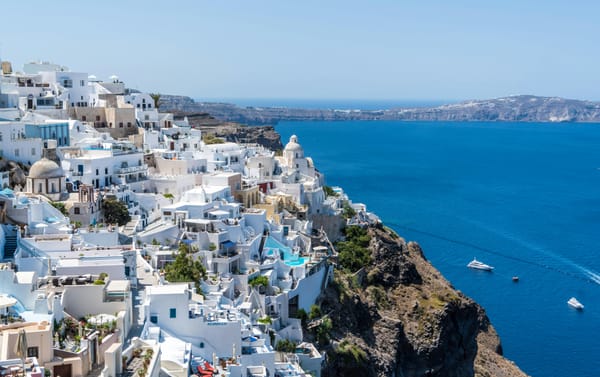Monday☕️
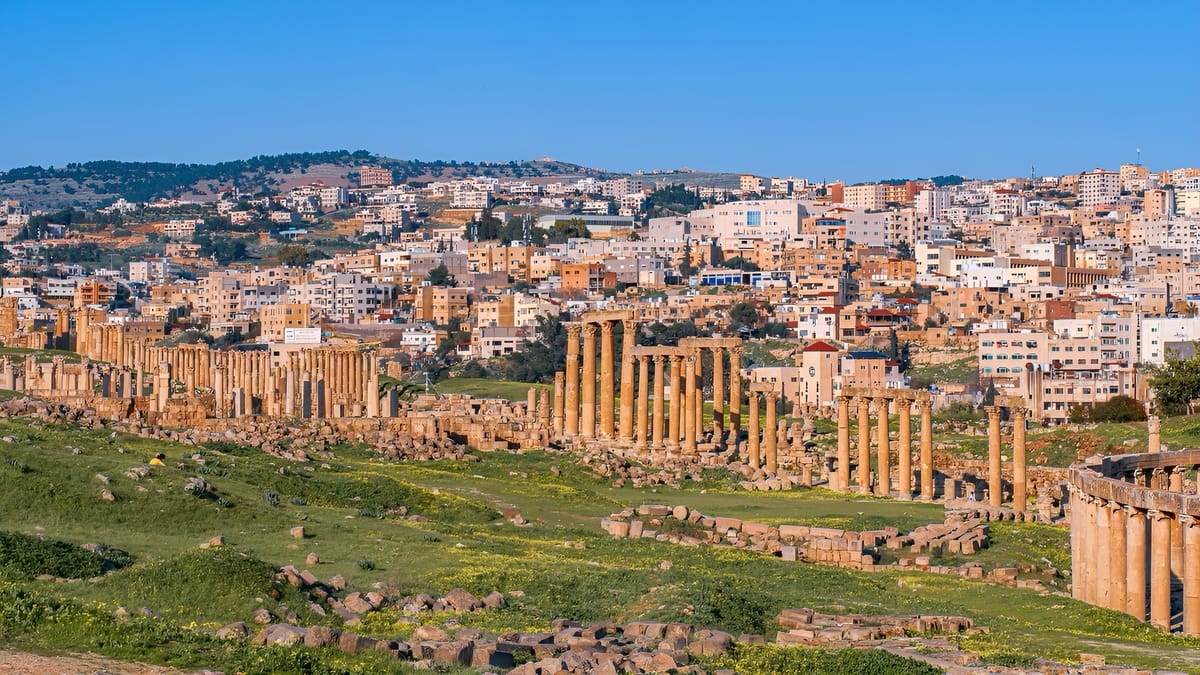
Economics & Markets:
- Yesterday’s commodity market:
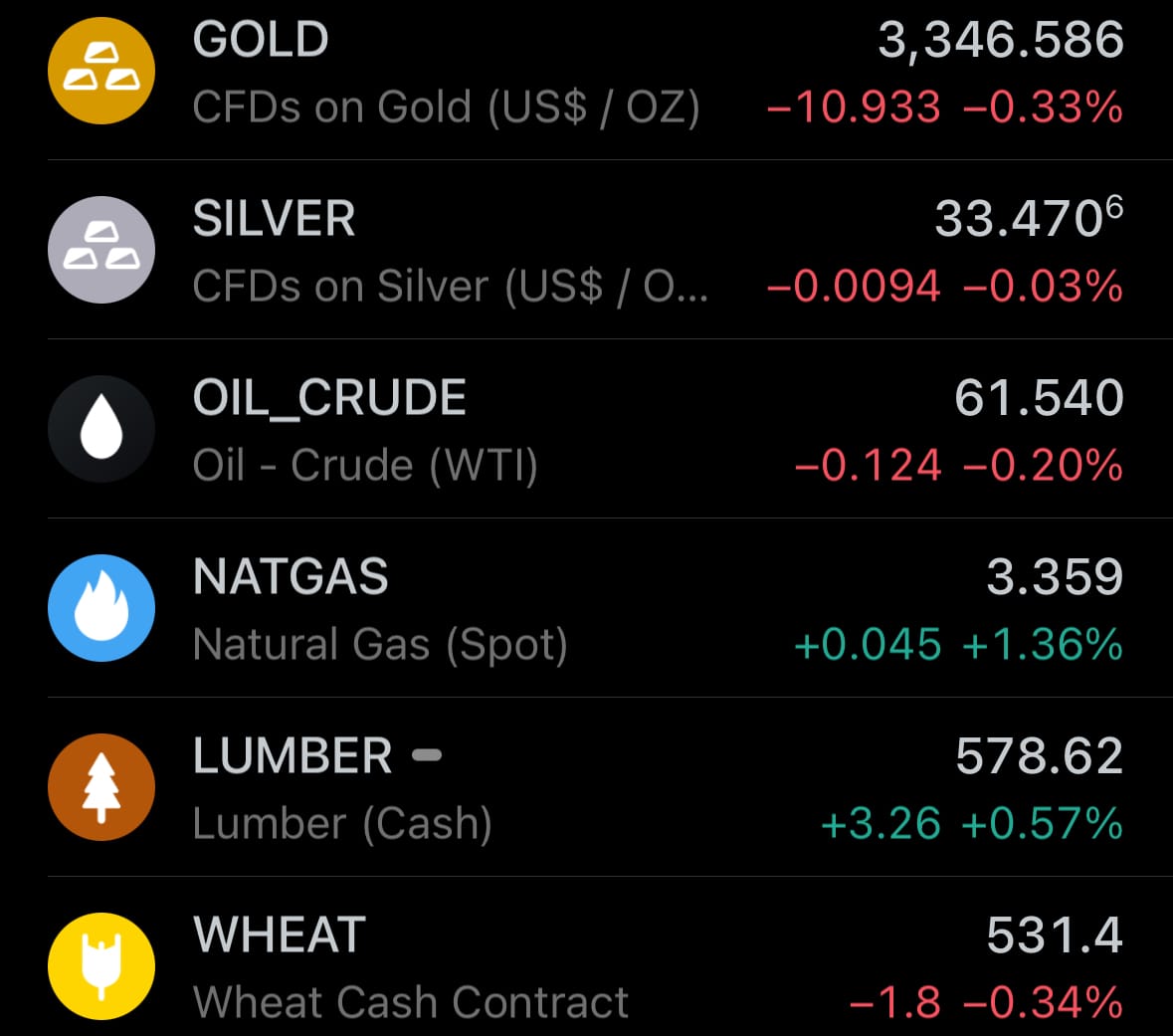
- Yesterday’s crypto market:
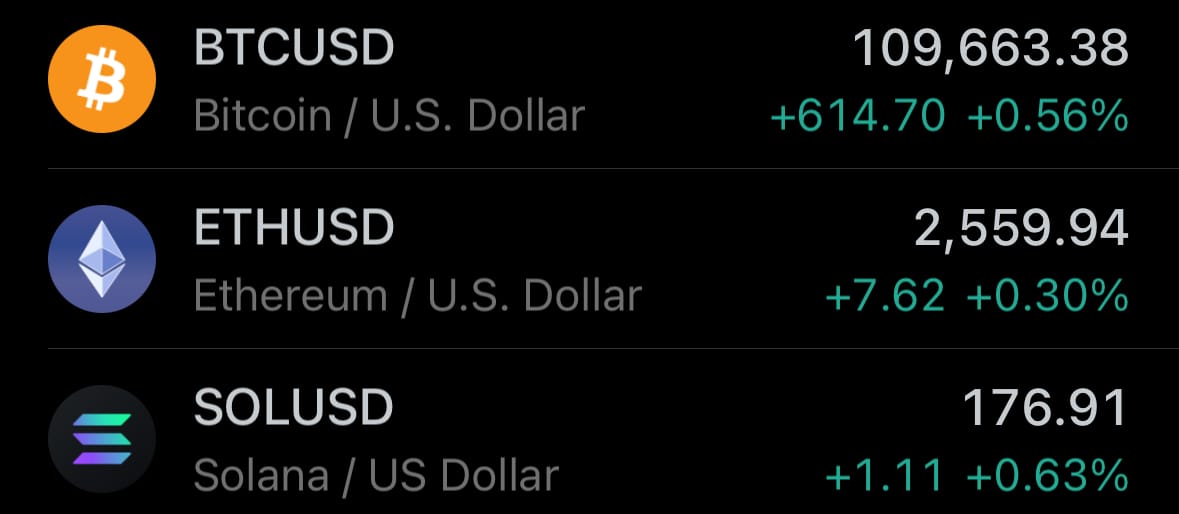
Geopolitics & Military Activity:
- Yesterday, May 25, 2025, Ukraine initiated a large-scale drone attack targeting Russian territory, with a primary focus on the Ryazan region, located about 200 kilometers southeast of Moscow. The operation also affected areas in Russia’s Tula and Tatarstan regions, as indicated by reports and accompanying footage. Visuals from the scene show Russian air defenses actively responding, with tracer fire illuminating the night sky and air raid sirens audible, particularly in Ryazan, where the text "Ryazan on fire" was visible on a building, suggesting local impact or heightened alert status.
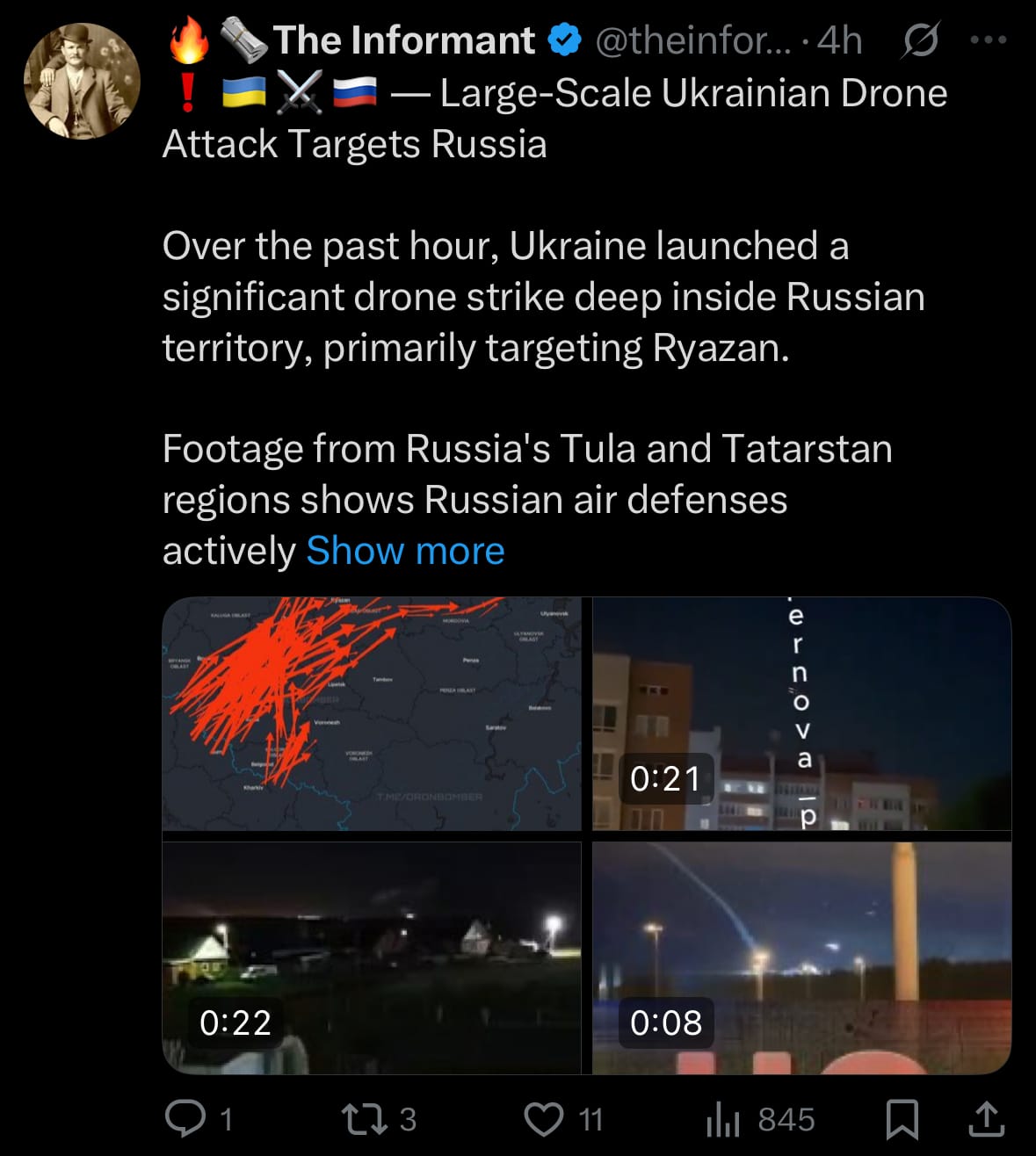
- On the night of May 24, 2025, extending into the early hours of May 25, Russia conducted a large-scale attack on Kyiv, Ukraine, using at least 10 ballistic missiles and over 60 explosive drones. The primary targets were energy infrastructure, with the Trypilska thermal power plant in the Kyiv region being completely destroyed. Ukrainian air defenses intercepted some of the incoming missiles and drones, but the attack caused significant damage, leading to power outages for over 1.5 million people across Ukraine. Falling debris from intercepted projectiles started fires in residential areas, injuring at least 13 people in Kyiv.
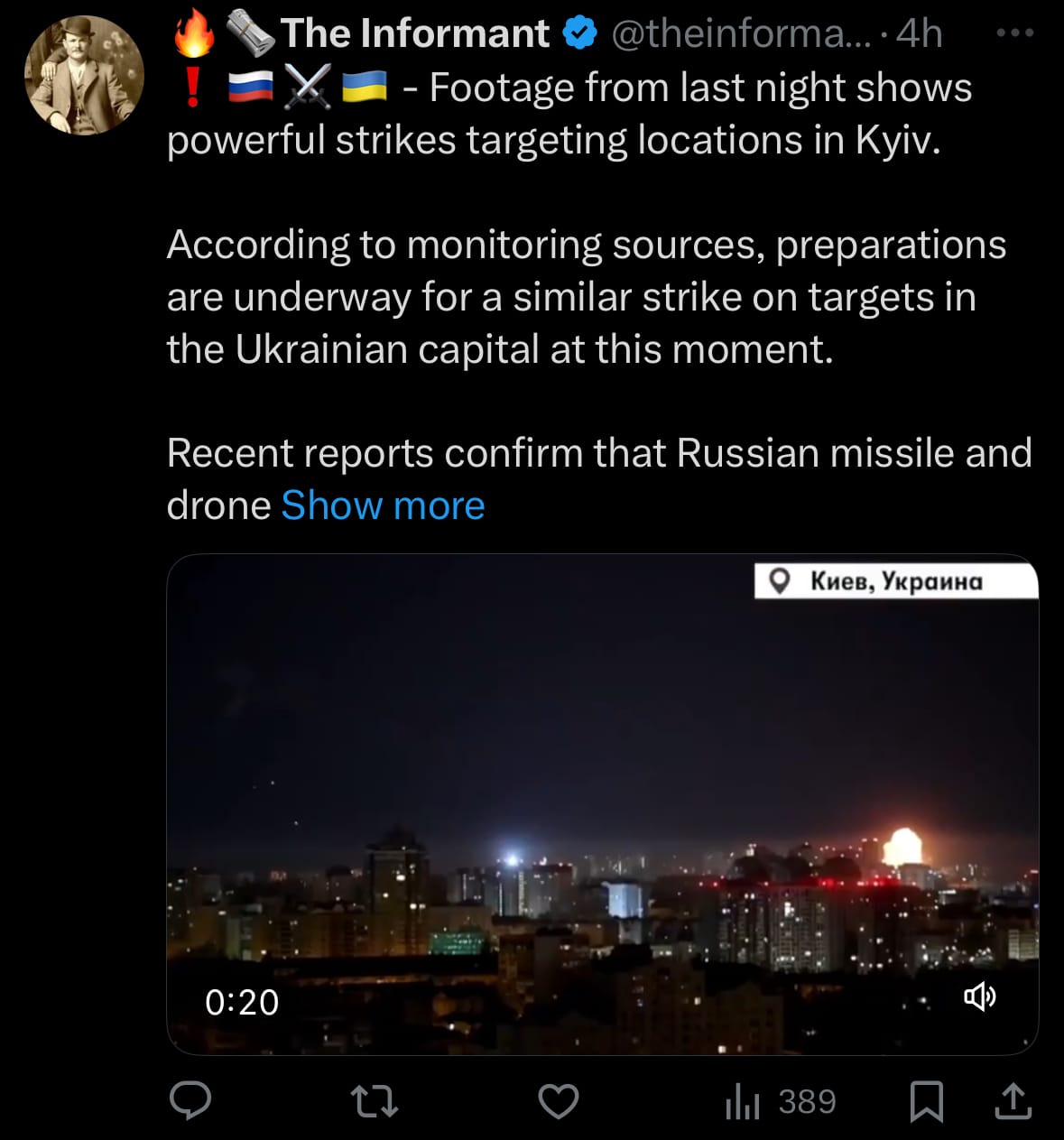
- This attack, one of the largest on Ukrainian energy infrastructure in recent months, disrupted the country’s power grid, with emergency blackouts enforced in Kyiv, Odesa, Dnipro, and other regions.
Environment & Weather:
- Yesterday, May 25, 2025, at around 3:30 PM local time, an EF-1 tornado with wind speeds of 86 to 111 miles per hour (138–178 km/h) impacted Puerto Varas, a city in Chile’s Los Lagos region near Lake Llanquihue. The tornado affected the city center and neighborhoods like Villa Los Presidentes, damaging 109 homes, injuring at least eight people, and leaving over 21,000 residents without power. Puerto Varas, typically known for its German colonial architecture and proximity to the Osorno volcano, experienced unusual weather for the area, with some reports suggesting the tornado may have initially formed as a waterspout over the lake before moving ashore.
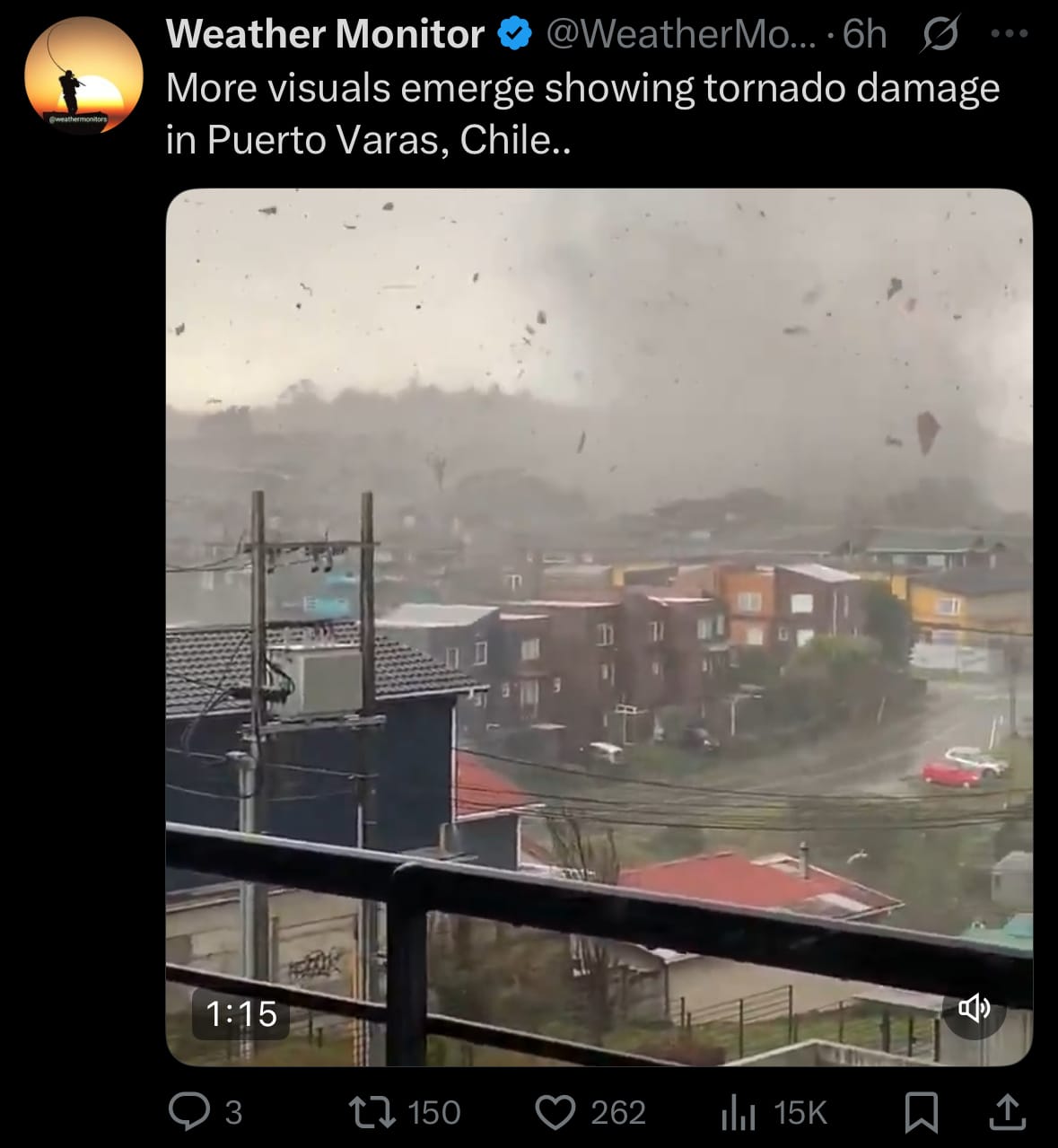
- Tornadoes are rare in Chile, a country more prone to earthquakes, making this event significant for the region. The Chilean Meteorological Agency classified the tornado as an EF-1 based on the extent of structural damage, which included destroyed homes and widespread power outages. Local authorities, including the Cogrid Communal response team, were mobilized to manage the aftermath and assess the full impact on the city, which is not accustomed to such weather events.
Space:
- On May 24, 2025, at 1:19 PM EDT, SpaceX conducted a successful launch of the Starlink Group 12-22 mission, deploying a set of Starlink v2-mini satellites into low Earth orbit. This mission involved 23 satellites, consisting of 13 Direct to Cell satellites, which are designed to enable direct communication with mobile devices, and 10 standard v2-mini satellites, contributing to the expansion of SpaceX's second-generation satellite internet network aimed at providing global broadband coverage.
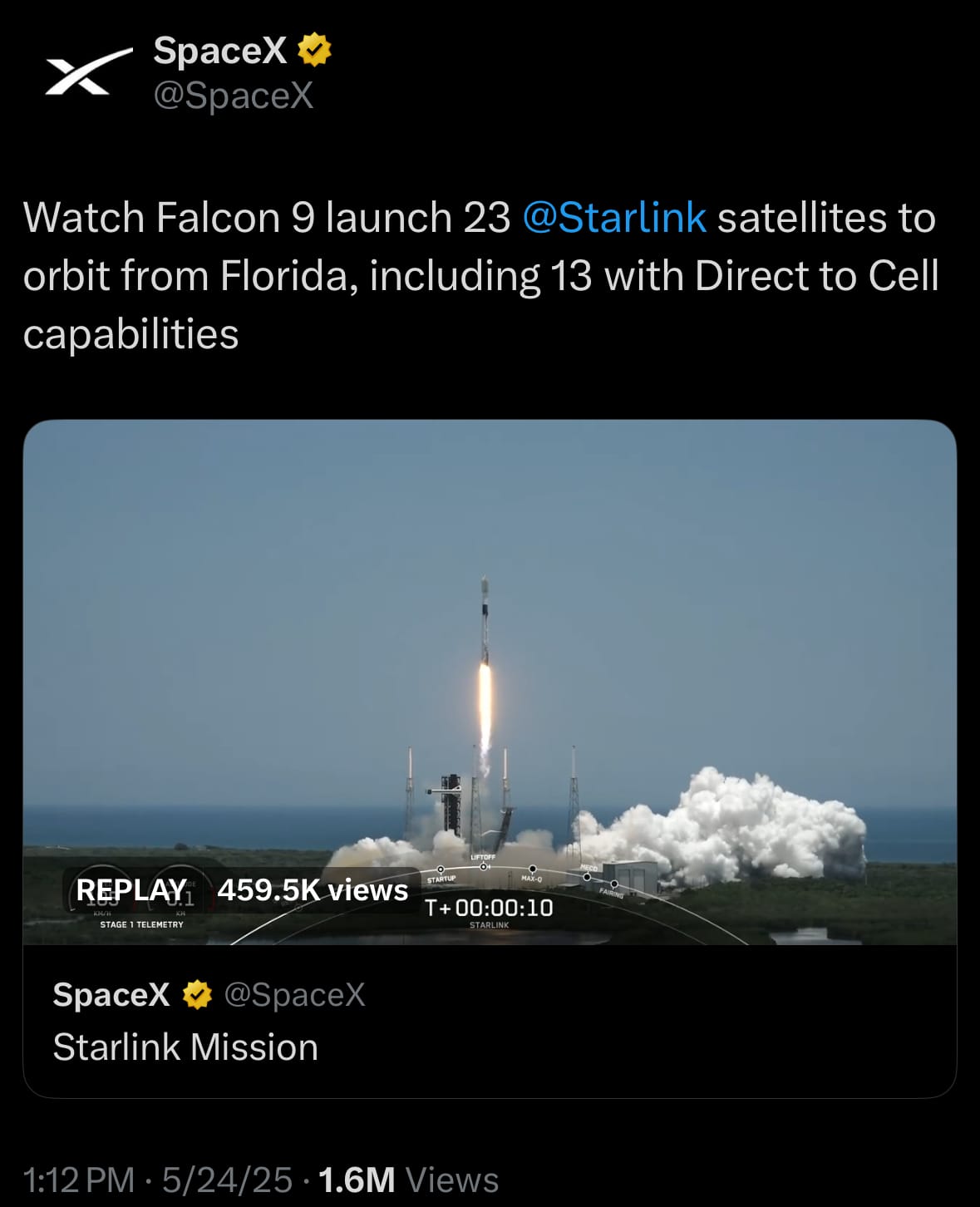
- The launch is part of SpaceX's broader initiative to enhance its Starlink constellation, which focuses on delivering high-speed internet access worldwide, particularly to regions with limited connectivity.
Statistic:
- Largest public automakers by market capitalization:
- 🇺🇸 Tesla: $1.093T
- 🇯🇵 Toyota: $237.62B
- 🇨🇳 Xiaomi: $175.45B
- 🇨🇳 BYD: $169.54B
- 🇮🇹 Ferrari: $88.09B
- 🇩🇪 Mercedes-Benz: $55.56B
- 🇩🇪 Volkswagen: $54.34B
- 🇩🇪 BMW: $53.23B
- 🇺🇸 General Motors: $46.81B
- 🇮🇳 Maruti Suzuki India: $46.00B
- 🇩🇪 Porsche: $43.96B
- 🇮🇳 Mahindra & Mahindra: $42.47B
- 🇯🇵 Honda: $41.67B
- 🇺🇸 Ford: $41.19B
- 🇰🇷 Hyundai: $32.43B
- 🇨🇳 Seres Group: $32.11B
- 🇮🇳 Tata Motors: $31.04B
- 🇳🇱 Stellantis: $29.91B
- 🇨🇳 Li Auto: $29.38B
- 🇨🇳 SAIC Motor: $26.86B
- 🇰🇷 Kia: $25.38B
- 🇨🇳 Geely: $24.78B
- 🇯🇵 Suzuki Motor: $24.13B
- 🇨🇳 Great Wall Motors: $23.77B
- 🇨🇳 XPeng: $19.14B
- 🇺🇸 Rivian: $17.91B
History:
- The concept of the internet traces back to the 1960s, born from a blend of visionary ideas and Cold War necessity. In 1962, J.C.R. Licklider proposed a "Galactic Network," envisioning a globally interconnected set of computers for shared data access, laying the intellectual groundwork. Simultaneously, Paul Baran at RAND developed packet switching—a method to break data into small, routable packets—to ensure robust communication networks resilient to nuclear attacks. By 1969, the U.S. Department of Defense’s ARPANET became the first operational network, linking four university computers (UCLA, Stanford, UCSB, and Utah) using Interface Message Processors (IMPs). The 1970s saw critical advancements: Vinton Cerf and Robert Kahn developed TCP/IP (Transmission Control Protocol/Internet Protocol) in 1974, enabling diverse networks to interconnect seamlessly. Email emerged in 1971 via Ray Tomlinson, and by 1978, the first spam email was sent, hinting at future challenges. The 1980s marked growth with the National Science Foundation’s NSFNET (1986), which expanded academic connectivity, and Tim Berners-Lee’s 1989 proposal for the World Wide Web, introducing hypertext and browsers like Mosaic (1993) that made the internet user-friendly.
- The 1990s to today represent the internet’s explosive commercialization and societal integration. The Web’s accessibility fueled e-commerce, with companies like Amazon (1994) and Google (1998) redefining commerce and information retrieval. Dial-up gave way to broadband in the early 2000s, enabling streaming services like YouTube (2005) and Netflix’s pivot to streaming (2007). Social media platforms—Friendster (2002), MySpace (2003), Facebook (2004), and Twitter (2006)—transformed communication, creating digital communities but also amplifying misinformation and polarization. Mobile internet surged with smartphones, particularly after the iPhone’s 2007 debut, making the internet ubiquitous. By 2025, over 5.4 billion people—roughly 66% of the global population—are online, driven by 4G/5G and satellite networks like Starlink. Cybersecurity threats (e.g., ransomware, data breaches) and privacy concerns (e.g., GDPR, 2018) have grown, prompting regulatory responses. Meanwhile, AI integration, blockchain technologies, and debates over net neutrality shape the internet’s future, balancing innovation with governance challenges in a hyper-connected world.
Image of the day:

Thanks for reading!
Earth is complicated, we make it simple.
Click image to view the Earth Intelligence System:



Support/Suggestions Email:
earthintelligence@earthintel.news




